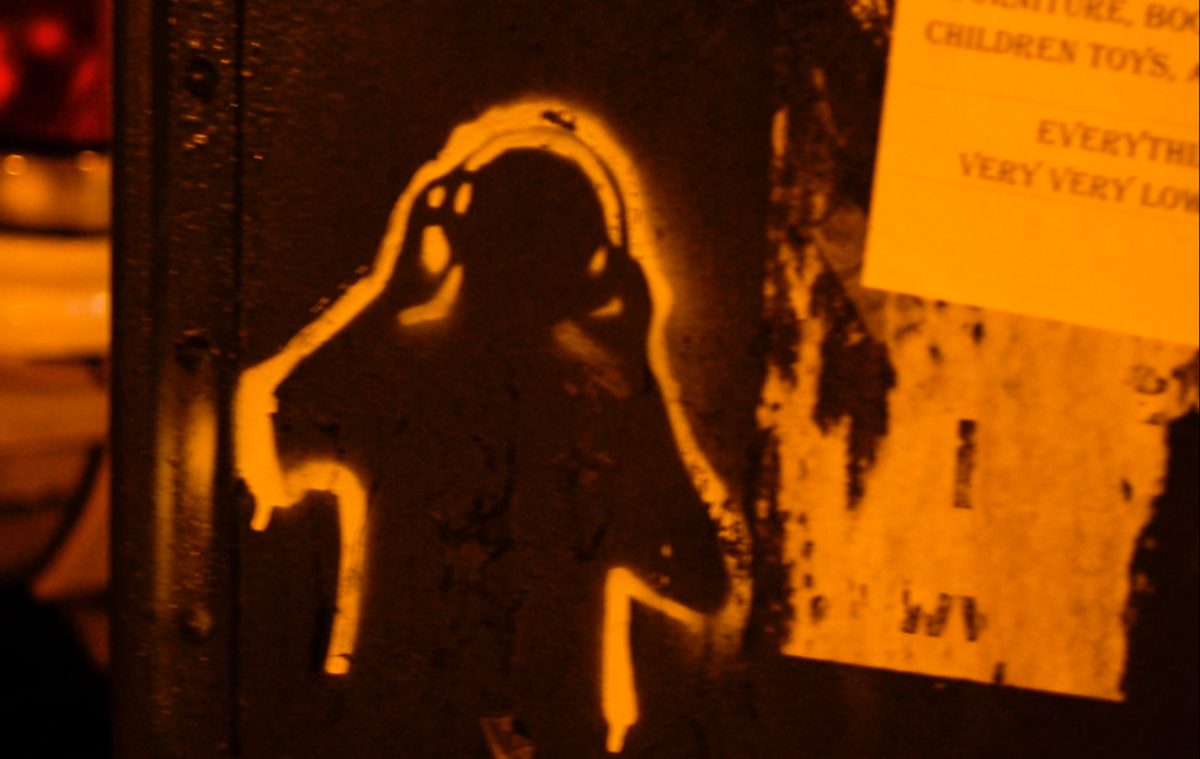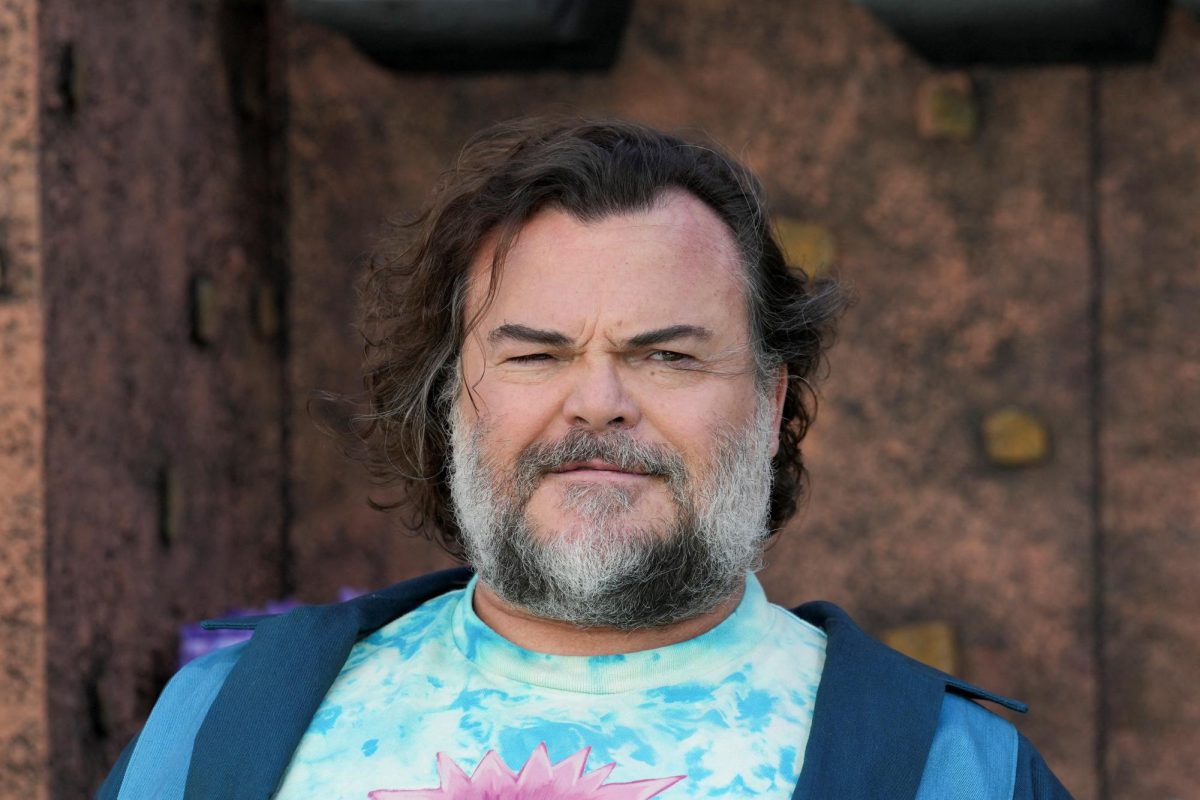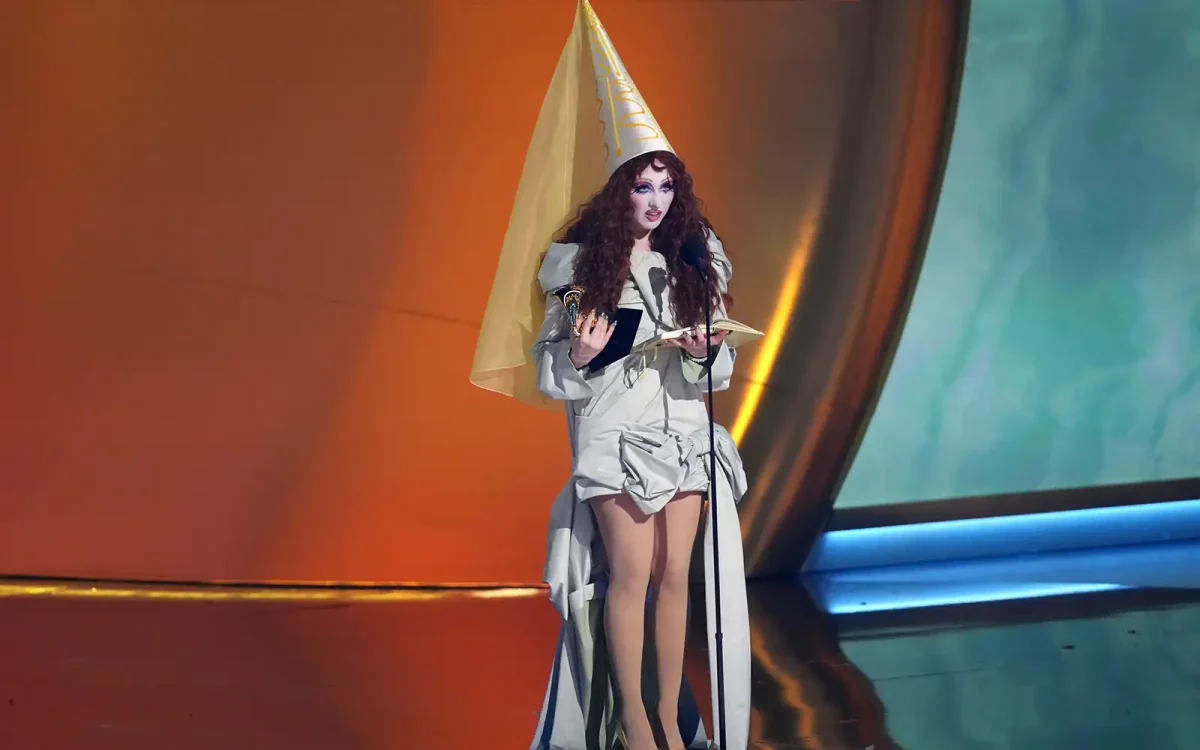
As the newest edition to the “Chocolate Factory” series, “Wonka” proved to be a fantastic ending to the year. Released on Dec. 15, the film follows Roald Dahl’s popular 1964 novel “Charlie and the Chocolate Factory,” the 1971 movie “Willy Wonka and the Chocolate Factory” and the 2005 movie “Charlie and the Chocolate Factory.” Serving as a prequel to the 1971 classic, “Wonka” presents the origin to the well-known story.
While the story connects to previous films in many ways, its new plot line provides enjoyable and exciting twists, in contrast to the creepy elements implemented in the older versions. The film follows young Willy Wonka on his journey to becoming a famous chocolatier. He faces obstacles and builds relationships in unlikely places, which helps give him the courage to pursue his dreams.
With music written by Neil Hannon and composed by Joby Talbot, the new musical showcases both reimagined “Willy Wonka and the Chocolate Factory” and original songs. The film is heavily centered around these musical numbers, which makes for a very catchy soundtrack.
Timothée Chalamet was cast perfectly as the star of this movie, flawlessly portraying Wonka’s determination to share chocolate with the world. With a beautiful voice, Chalamet puts a charming twist into the sweet music sung by Gene Wilder in the original film. Paired with Chalamet’s dancing and complementary ensemble, “Wonka” is already proving to be a success, and rightfully so.
Calah Lane shines in her first movie as Wonka’s sidekick, Noodle. They face the despised Mrs. Scrubbit and Mr. Bleacher, played by Olivia Colman and Tom Davis, respectively. Their disgusting personalities make it so easy for the audience to join Wonka and Noodle in their hatred for their captors.
Additionally, the costumes and special effects highlighted in Wonka are ingeniously crafted and incorporated into the movie. While I found the special effects and costumes of the “Willie Wonka and the Chocolate Factory” movie to be completely terrifying as a child, the expertise in the creation of costumes and use of CGI in the new film truly enhances its magic. The incorporation of Oompa Loompas is expertly woven into the tale as well, with the appearance of Hugh Grant inspiring comic relief rather than terrifying viewers with the former portrayal of Willy Wonka’s workers.
Some may dislike the movie, believing Wonka does not grow as a character throughout his journey, but this couldn’t be more wrong. Wonka spends the majority of the movie with the primary goal of seeing his mother again and learning the secret ingredient to her chocolate. However, as the movie concludes, he realizes that new opportunities present themselves in the most unlikely places, and the real magic of his chocolates is the wonder that he feels by making others happy.
You should see “Wonka” when in the mood for a feel-good, up-beat musical. Forget reality and join Willy Wonka in a world of pure imagination.




















